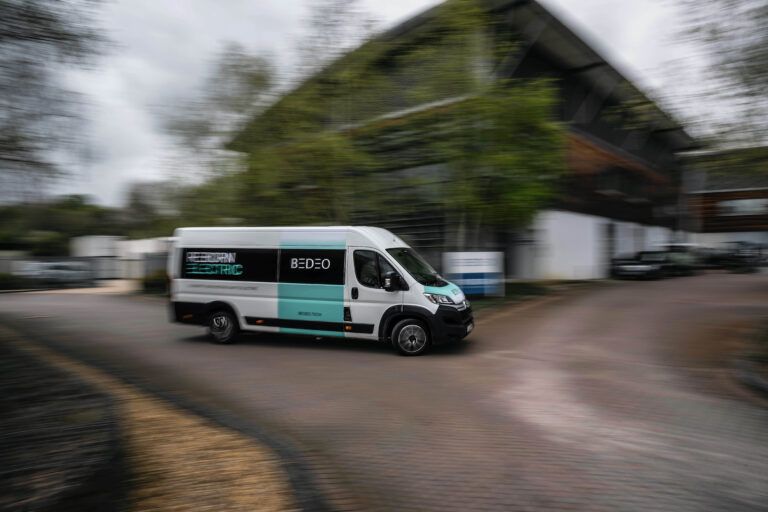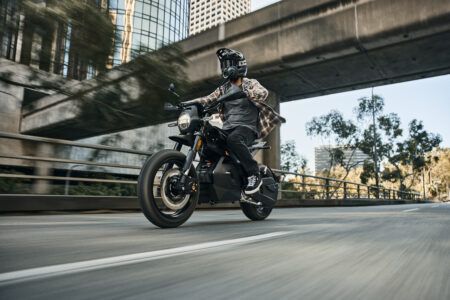Being environmentally friendly is an expensive business, which is why many fleet operators are looking towards retrofitting solutions to prepare for 2030’s Net Zero goal. Here we look at one option that could help businesses hit the target.
To start making a significant impact on carbon emissions, transport needs to begin decarbonizing now. For a lot of fleet operators there are huge financial barriers to entry to make the switch to electric vehicles (EVs). Be it higher initial purchase prices, infrastructure installations or replanning routes to suit a limited range, the green future in its current form is a costly transition.
In the meantime, businesses that cannot afford to make the switch must focus on route optimization, fuel efficiency and driver behavior to make an impact on their emissions but there are limitations on how much this can reduce fleet emissions.
However, Bedeo has introduced its RE-100 retrofit solution to bridge the gap between diesel engines and EVs. The system uses in-wheel motors to give a large van an electric powertrain alongside its existing one. In-wheel motors are installed at the rear to drive the back wheels and the engine drives the front wheels as normal. Each powertrain works independently so the driver can either operate in full electric or rely on just the diesel engine.
“We see it as an electric vehicle with a range extender,” says Stephen Lambert, Chief Technical Officer at Protean Electric. “We expect the vast majority of usage to be as an electric vehicle.”
Protean Electric developed the in-wheel motors and in 2021 the Bedeo Group acquired the company. “The traditional model of fleet owners is to invest in new vans,” says Osman Boyner, Bedeo Founder and CEO. “But electric vans today don’t meet the needs of the market and even Euro VI diesel vans are still responsible for a disproportionate amount of carbon emissions. With the RE-100 we have created a new category of hybrid that not only meets the needs of the market but also accelerates transport decarbonization.”
RE-100 is currently available for the X250 Stellantis platform for the Peugeot Boxer, Citroen Jumper, Fiat Ducato and Vauxhall Movano. The Renault Master and Mercedes-Benz Sprinter vans are expected to join the line up soon. The group has been working with Stellantis for several years so any in-wheel motor fitment will not void a vehicle’s warranty.
“With our extensive experience as a Tier 1 supplier to global OEMs such as Stellantis, Bedeo offers in-house manufactured and owned technologies like the RE-100 range extender,” says Boyner. “These solutions empower businesses to swiftly transition their fleets, surpassing expectations in both speed and affordability compared to purchasing brand new vehicles.”
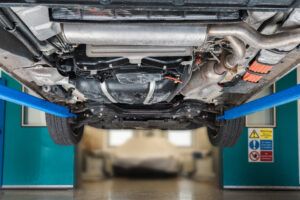 Weighing it up
Weighing it up
Beyond being a quicker and cheaper route to electrification, the retrofit is designed to boost sustainability across fleets. “While that is, of course, a key driver, the end-to-end sustainability of the vehicle also needs to be taken into account,” says Boyner. “It cannot be environmentally friendly to replace a vehicle that has not reached the end of its useful working life, nor is it sustainable to replace not only the vehicle, but also the bespoke fit-out that many of these vehicles have. Retrofitting with electric overcomes these challenges and more, satisfying the need to reduce emissions in our city centers where the majority of the ‘last mile’ journeys are required, breathing new life into older vehicles.”
RE-100 includes the installation of a 37kWh battery which provides around 73 miles of electric-only range. For inner city jobs the vehicle can complete most, if not all, of its workday using the electric powertrain and the engine is a backup if the battery is depleted. This removes range anxiety concerns and allows operators to maximize EV usage without needing to shorten routes.
Electric vans can sacrifice load space and payload by adding heavy, bulky batteries. Given RE-100 retains its diesel engine, overall vehicle weight increases slightly but this is unsprung mass. Ride height remains the same as the battery is installed between chassis rails and the equipment does not encroach on the load space.
“While in-wheel motors undeniably increase ‘unsprung mass’, the negative impact of it is indiscernible to most drivers, and they’ll benefit from more advanced control for added grip, safety and stability,” says Andrew Whitehead, CEO at Protean Electric. “This is backed up by a noticeable uptick in the prevalence of in-wheel motor technology, with DFM utilizing them in its E70, the first passenger car homologated with in-wheel motors. As well as those like Hyundai creating an e-corner unit, and others such as McLaren and Ferrari announcing they will be using in-wheel motors in the foreseeable future.”
Bedeo currently completes retrofits at its factory in Turkey where it has the capacity to convert hundreds of vehicles at once. When a van is taken to the factory, the team assesses if any other work is needed to ensure the longevity of the vehicle. “It depends how beat up the van is, but the retrofit generally takes a few days, then we do quality control checking. We expect the time it takes to reduce as we do more retrofits,” says Lambert.
Invest in the future
Considering the longevity of the in-wheel motors and associated components, Bedeo expects the system to outlive the vehicle. While the focus is on giving an existing vehicle a second life, the retrofit could potentially be an investment in an operator’s next vehicle. Minimal servicing is required and the main parts that would need replacing are the brake discs and calipers.
Inside, the driver has a control panel to switch between powertrains and select the appropriate electric gear. The vehicle needs to be at a standstill to change powertrains and the system can be geofenced to only use electric in certain low emission zones for example. The diesel engine would only be accessible in an emergency.
Battery information is displayed on a new rearview mirror and there is some interface with the existing dashboard display. Lambert explains, “We’ve developed from the ground up the control system that makes the diesel engine think it’s still in a diesel-engine vehicle and allows the electric vehicle side of things to take control when it needs to. That’s a core piece of the IP that we’ve developed that seamlessly links the two together.” This includes showing the temperature of the water-cooled in-wheel motors on the dash when the van is in EV mode, then showing engine temperature when the vehicle is using the diesel powertrain.
The additional electric powertrain will reduce the number of miles the diesel engine is powering the vehicle for, potentially lowering maintenance costs. If the engine does require unplanned maintenance the vehicle can continue to operate on electric alone until a repair can be made, minimizing downtime.
When it comes to measured emission savings during use, this is operator dependent. Looking at embedded carbon, Lambert notes, “When you buy an electric vehicle, a lot of the carbon is embedded in the battery. It takes a good chunk of time driving electric to get that back to below a diesel engine’s embedded carbon. One of the advantages we have is because we’ve got the diesel engine in there, the battery can be quite small, so there’s a relatively small amount of embedded carbon in the battery.”
Bedeo also offers fully electric options, the BE-100, BE-250 and BE-350. This offers operators a 37kWH battery and 73 mile range, a 75kWh battery for 154 miles or a 110kWh battery to travel 226 miles.
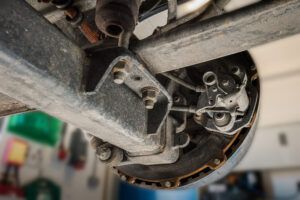 Protean in-wheel motors
Protean in-wheel motors
For the RE-100 application, Bedeo replaces the rear axle so the mounting points for the in-wheel motor line up correctly without having to modify the original axle. The motors weigh 39kg with the power electronics and without the bearing. The in-wheel motor unit comprises a rotor, bearing, stator, capacitor ring, power electronics, protective cover, brake disc and caliper.
The unit has undergone more than 100,000km worth of testing in different conditions. This includes thermal testing from -40°C (-40°F) up to 90°C (194°F), slurry testing with salt, sand, mud and grit, and shock testing to simulate rough potholed roads. Due to the motors being located within the wheels it means the motor can spin at a much lower rate compared to standard motors seen in EVs, it runs up to 1600rpm.
To slow the vehicle down, the front braking system remains unchanged, but the rear uses a slightly different configuration. The brake disc is attached to the outer rotor which spins, and the caliper is mounted in an inside-out arrangement. “The caliper is fairly standard, apart from the bracket that is used to mount it which goes down towards the center of the wheel, as opposed to mounting more towards the outside on the hub,” says Lambert.
When the driver lifts off the accelerator in EV mode there’s some regenerative braking and a small amount when the brake pedal is depressed. From a repair and maintenance perspective, Lambert says, “As with most EVs the in-wheel motors don’t need much servicing. The brake pads can be taken off and changed just like any other pad. Because of where the brake disc is mounted it can be just a bit fiddly to take off. But most brake discs on EVs last the life of the vehicle and the pads last many thousands of miles.”
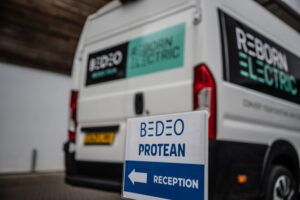 Reborn Electric: Icons
Reborn Electric: Icons
Beyond commercial vehicle applications, Bedeo offers its in-wheel motor solution to classic car owners through its Reborn Electric: Icons kits. Initially launched for 90 and 110 Land Rover Defender models, the kit replaces the original powertrain. Instead of installing just two in-wheel motors, these are fitted at each corner to offer a permanent four-wheel drive setup. The idea is the system can electrify older vehicles to keep them on the road, emission free.
Inside, the same rearview mirror as seen in the RE-100 features to provide information about battery charge and energy consumption. The gear stick and clutch pedal are removed, and the original handbrake remains.
Although the motors can be tuned to offer higher levels of performance, the Defender kit seeks to mirror the driving experience with an engine. Acceleration is gradual as the vehicle focuses on off-road dynamics rather than on-road speed. Defenders are fitted with a 75kWh battery to deliver around 153 miles of range and power output of 483bhp.
“Through our Reborn Electric: Icons programme, we are committed to maintaining the original car’s curbweight, charm, and driving dynamics while ensuring easy maintenance and delivering the benefits of electrification,” says Boyner. “For the Defender, and other models to come, this means zero tailpipe emissions, zero noise, and the preservation of the nostalgic, classic driving experience we all cherish, now brought into the 21st century without sacrificing its essence or adding unnecessary, bulky weight.”
Bedeo is working with partner garages to fit the Reborn Electric: Icons kits. This allows the customer to access additional services such as refurbishment, painting or interior reupholstery which can be completed by the garage while the vehicle is in for EV conversion. As such, pricing is dependent on the workshop and other services the customer is commissioning.
